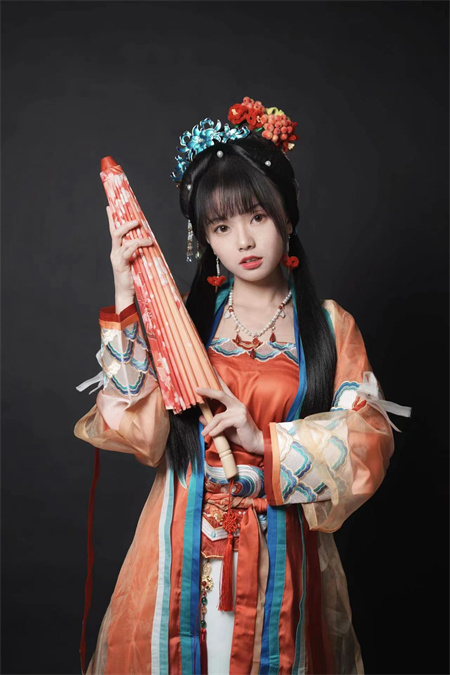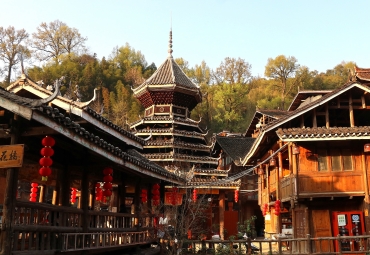Going with the flow

Yang Liu presents bamboo drifting through short videos to promote the traditional art that originated in the Chishui River area of northern Guizhou.[Photo provided to China Daily]
For many viewers, this is visual enjoyment, she says, however, the activity is deeply meaningful for locals. Drifting on bamboo started as a way of transportation for people in the Chishui River area. During the Qin Dynasty (221-206 BC), Zunyi was famous for its production of nanmu, the most expensive and rarest of woods at that time in the kingdom, which was in high demand from the royal court. It was a logistical problem because there was no transportation along the river. The first part of the journey would be to send the wood to the royal court, the capital of which was in today's Shaanxi province, some 1,000 kilometers to the north of Guizhou. The locals in Guizhou came up with a solution-by standing on the logs as they drifted down Chishui to the Yangtze River, where they could be loaded onto boats and sailed north to the capital.
Later, drifting became a sport of balance and speed in the Chishui River area. Bamboo, a much cheaper material than nanmu, later gained popularity which gave birth to "bamboo-drifting". The sport is still popular in Guizhou and listed in the contest that takes place every four years for traditional games of all 56 Chinese ethnic groups.
Yang started to practice drifting on bamboo with her grandmother, who had mastered the skill. When Yang was about 4 years old, her grandmother helped her learn swimming first, hoping Yang would stay healthy through the physical activity. When Yang was 7, she tried "bamboo-drifting" for the first time.
"From then on, it became a part of my life. My grandmother took me to the river near our house every day. I didn't take it seriously at first, because it was a common activity in my hometown, especially for my grandmother and her friends who were all very good at it," recalls Yang.
All rights Reserved. 京ICP备13028878号-8







 Overview
Overview Guiyang
Guiyang Guian New Area
Guian New Area Liupanshui
Liupanshui Anshun
Anshun Qianxinan
Qianxinan Qiandongnan
Qiandongnan Qiannan
Qiannan Zunyi
Zunyi Tongren
Tongren Bijie
Bijie Guizhou commits to culture preservation and rural vitalization
Guizhou commits to culture preservation and rural vitalization Guizhou voice at 2025 national two sessions
Guizhou voice at 2025 national two sessions Meet the 'genius moms' at Shenzhen cultural fair
Meet the 'genius moms' at Shenzhen cultural fair 

